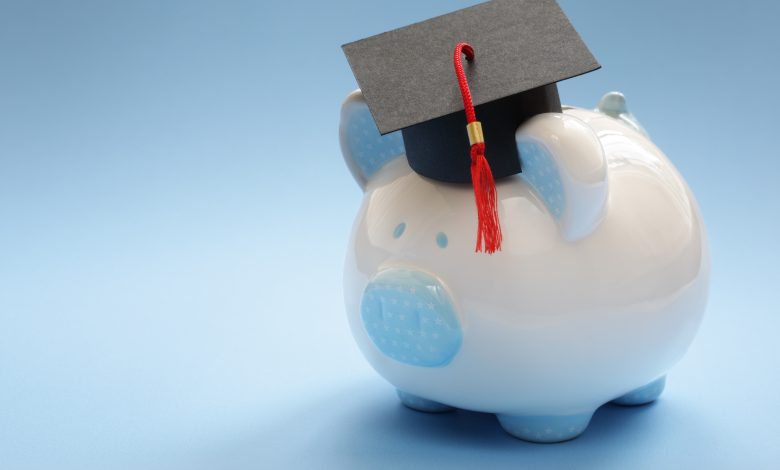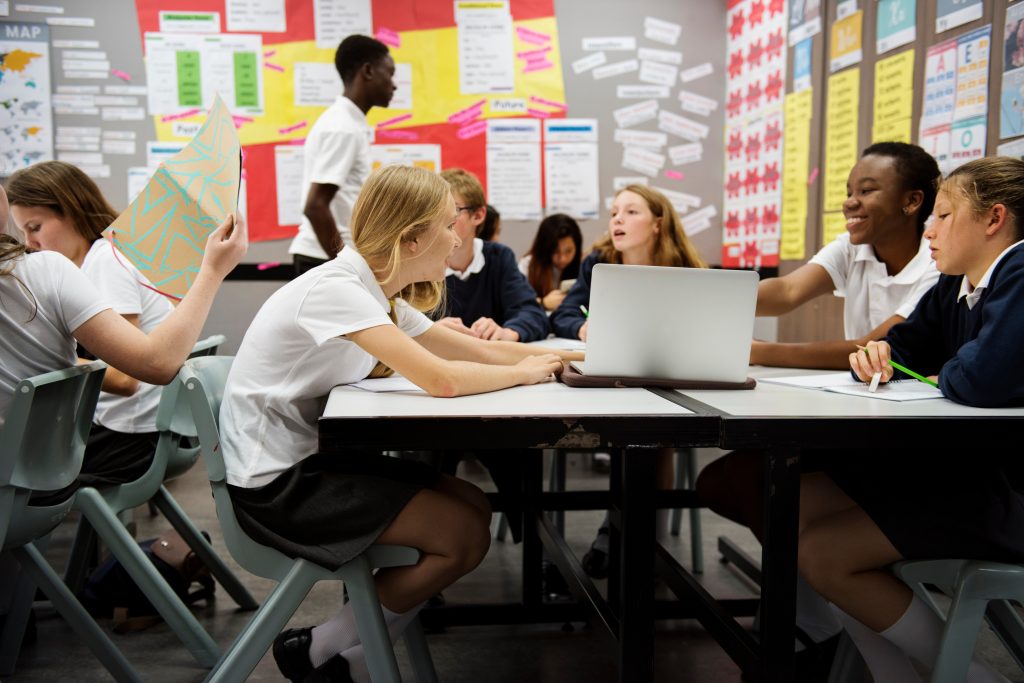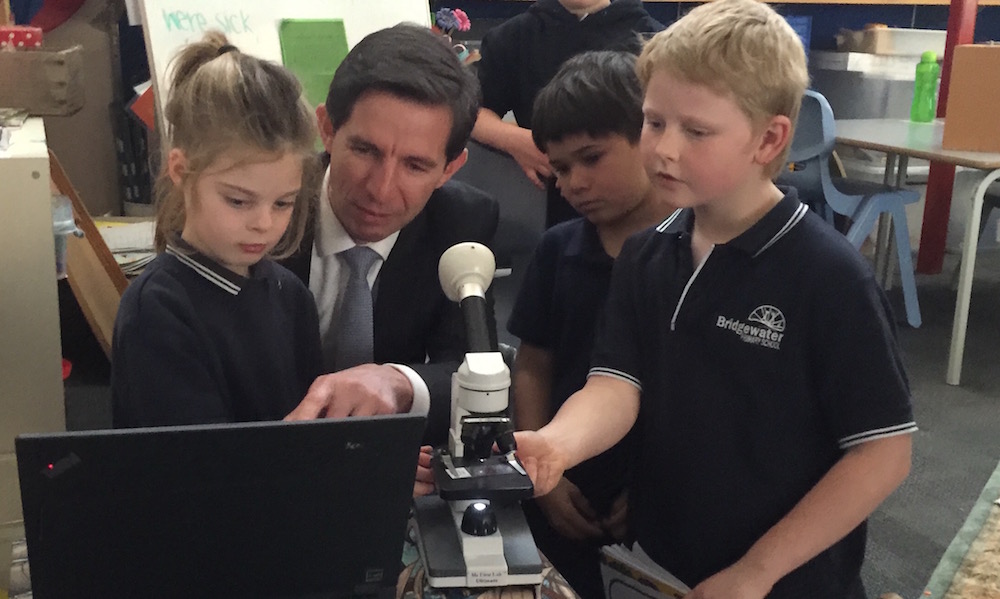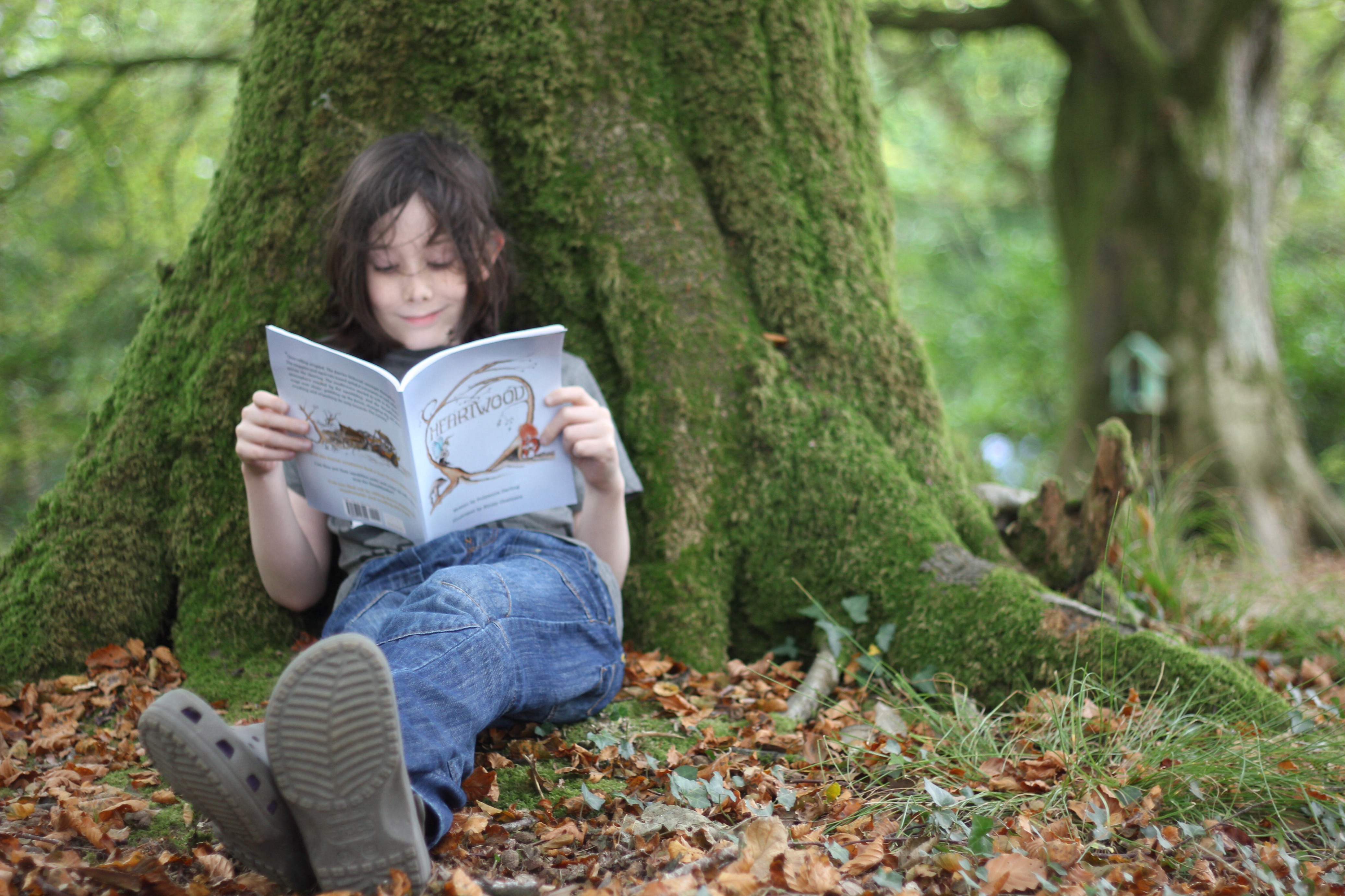
The Federal Budget, delivered on Wednesday May 14, has been widely criticised across the education sector as delivering too little for Australian students and teachers.
Read the latest print edition of School News HERE
Schools and teachers
For the school sector, the government said it is offering the biggest increase in federal funding to public schools that has ever been delivered. It pointed to the Statements of Intent signed with state governments as the basis for negotiating additional funding for schools.
To address the teacher shortage and support students, the Budget includes:
- $34.6 million to make evidence-based curriculum and student wellbeing support and professional development materials available to all teachers and school leaders through a National Teacher Resource Hub.
- $2.4 million to support a First Nations Teacher Strategy, as identified in the National Teacher Workforce Action Plan, through collaboration with First Nations stakeholders to attract and retain more First Nations teachers.
- $4.2 million to the Australian Government Contribution to the Australian Schools Anti-Bullying Collective to continue their critical work including the National Day of Action against Bullying and Violence and anti-bullying programs in schools.

The Australian Education Union, though, said that the budget fails to deliver the funding that public schools need. AEU Federal President Correna Haythorpe said it was deeply disappointing that this year’s Federal Budget had failed to increase the Commonwealth share of the Schooling Resource Standard to 25 percent, despite widespread support across the nation for this increase, from principals, teachers, parents, unions, community groups and six state and territory governments.
“This is a missed opportunity to deliver a nation-building investment for our children and our country. The issue of full funding of public schools is unfinished business for the Albanese Government and must be resolved this year.” Ms Haythorpe said.
“Right now, only 1.3 percent of public schools are funded at 100% of the Schooling Resource Standard (SRS), which is the minimum level governments agreed a decade ago was required to meet the needs of students.”
Independent Schools Australia (ISA) said there is little news for school education in the budget. ISA Chief Executive Officer Graham Catt stressed the need to ensure the Government support all students, in all schools and all sectors, including the 1216 Independent schools that offer families the diversity in education.
“Every school should be fully and fairly funded, and we look forward to working with the Government to ensure better outcomes for all Australian children and choice for parents,” Mr Catt said. “All schools in all sectors will need resources to enable them to deliver on the Government’s ambitions and agenda for education reform.”
Student teachers
Some welcome news was the already announced Commonwealth Paid Prac Placements, which will see student teachers on placements paid at a rate comparable to the Austudy payment of $320 per week.
“This is practical support for practical training,” said Minister for Education, Jason Clare.
“Placement poverty is a real thing. I have met students who told me they can afford to go to uni, but they can’t afford to do the prac.”
This announcement was criticised by some, including Students Against Placement Poverty, which said that the payment would amount to about $8 per hour for a full week of work, and flagged that as the payment is mean-tested, many students will miss out.
Further measures for tertiary education have been announced in response to the Universities Accord. Indexation of HELP debts, VET student loans and Australian Apprenticeship Support Loans will change. Rather than accruing interest automatically at the rate of inflation, which is currently at around 7 percent, loans will increase by either the consumer price index or the wage price index, whichever is lower. Legislation will need to be passed for this change to take effect.
A reduce to student debt, combined with paid prac will provide some financial relief to student teachers.
Closing the Gap
The budget promises a $110 million investment to improve early childhood and school education outcomes of First Nations children and students, and honour First Nations cultures and languages through education systems. This includes:
- $12.5 million in partnership funding to the National Aboriginal and Torres Strait Islander Education Corporation (NATSIEC) – the peak body for First Nations education, and $16.6 million to SNAICC – National Voice for Our Children – the peak body for First Nations children.
- $18.2 million to build new and improve existing boarding school facilities in Central Australia.
- $20.0 million for the Australian Indigenous Education Foundation to provide scholarships for students to access and complete secondary school or undertake tertiary study.
- $5.5 million to expand the English Language Learning for Indigenous Children program from 20 trial schools to up to 100 schools nationally in remote and very remote locations.
- $5.3 million to extend the Good to Great Schools Australia Pilot Program to enable more remote school students to benefit from explicit instruction support in literacy, numeracy and science.
Mr Catt from ISA welcomed these programs to support Indigenous Australians.
“We urge the Government to support the Indigenous Boarding Grants Program in the Mid-Year Economic and Fiscal Outlook. This will be critical to prevent school closures and adverse impacts on highly disadvantaged and vulnerable students,” Mr Catt said.
The grants were extended in last year’s Budget but were intended to be replaced by a longer-term, sustainable solution. However, the outcomes of a Boarding Design Review announced in last year’s Budget are unknown, which the ISA said leaves schools and students in limbo.

Early childhood education and care
The Albanese Government has committed to provide funding towards a wage increase for the early childhood education and care workforce. Details will be finalised following consideration of relevant Fair Work Commission processes.
The Government will invest $30.0 million over two years from 2024-25 in IT and payment services to deliver on this commitment.
Carolyn Smith, Early Education Director, United Workers Union said the increase was desperately needed to address the worker shortage in the sector.
“A wage increase is an absolute necessity to recognise the historical undervaluation of early educators, in a sector where 97 per cent of workers are women.
“Early educators have been negotiating for a real wage rise since last year in Australia’s first supported multi-employer agreement,” Ms Smith said.
“The wage rise commitment from the Federal Government comes as early educators continue to pursue their claim for a 25 percent wage rise in the bargaining.
“The commitment also comes as unions push for wage rises through gender-based considerations of the Fair Work Commission in the annual award wage determination.”







